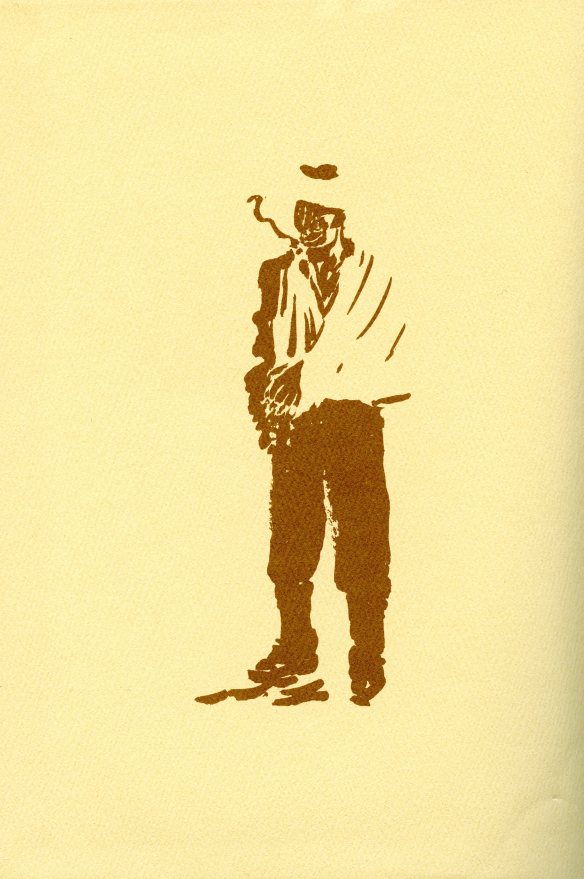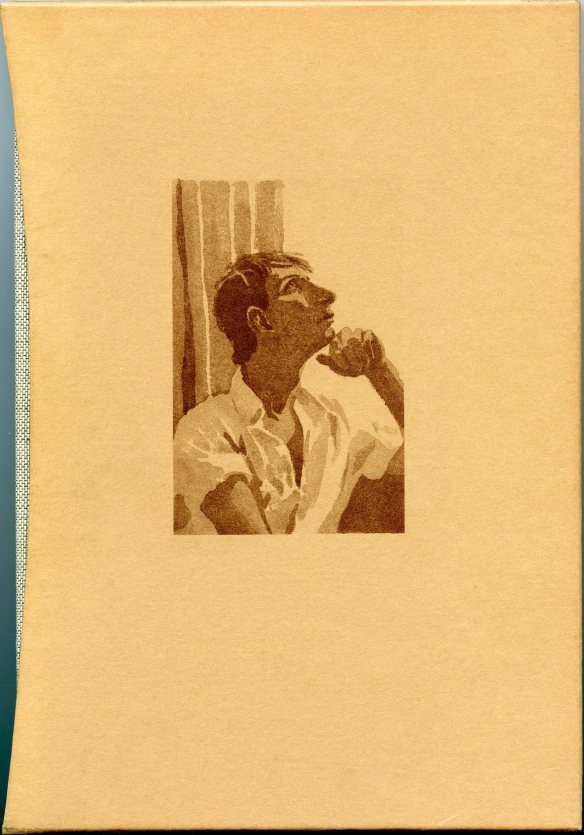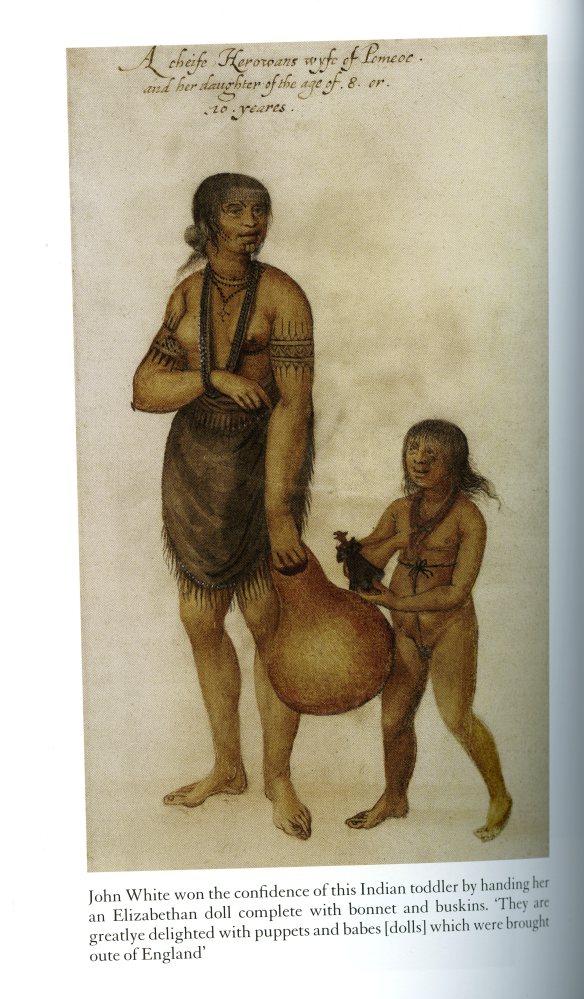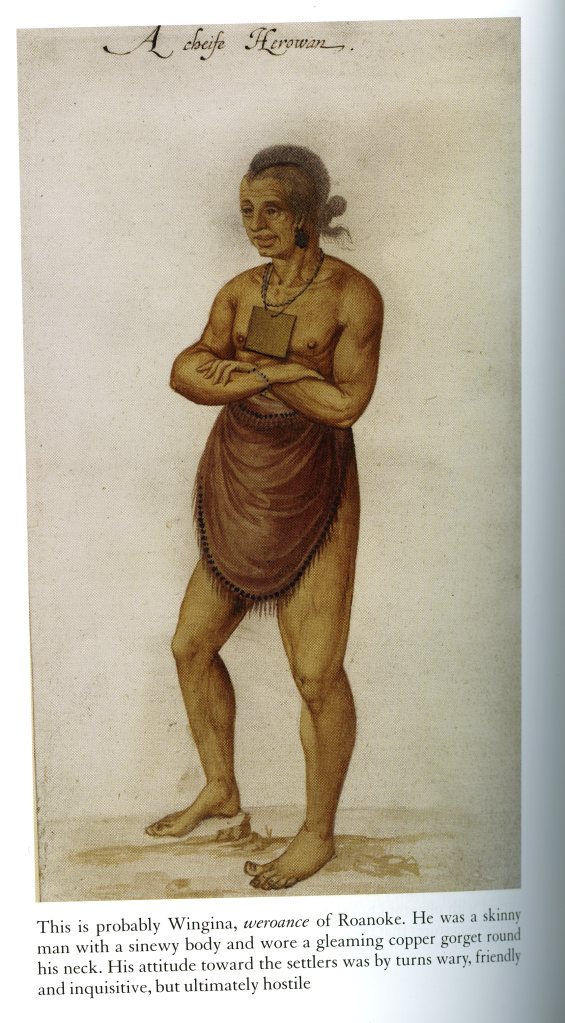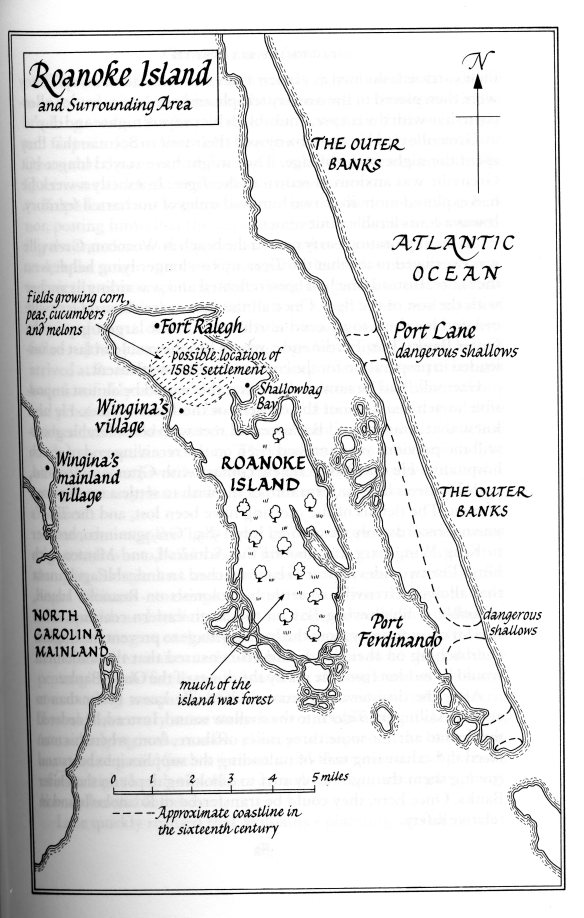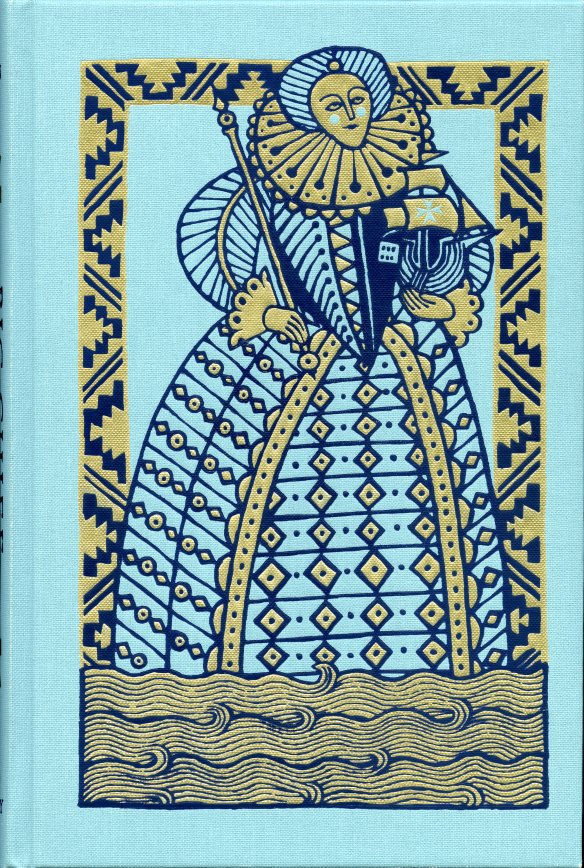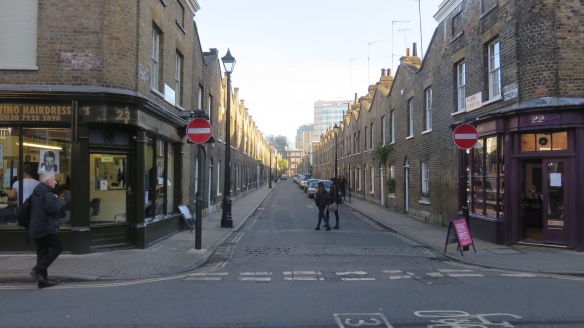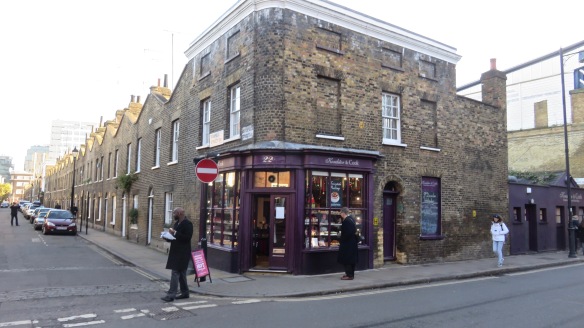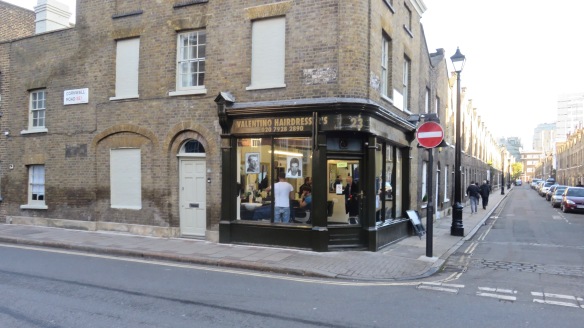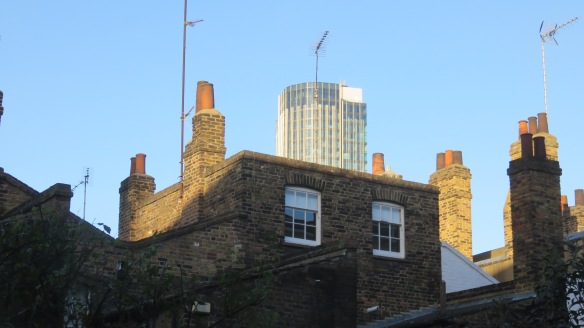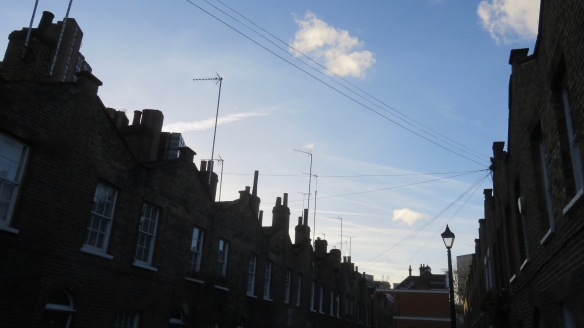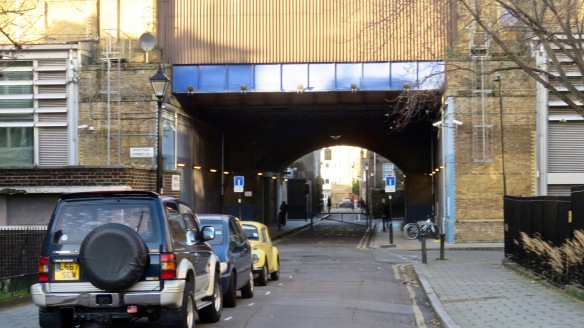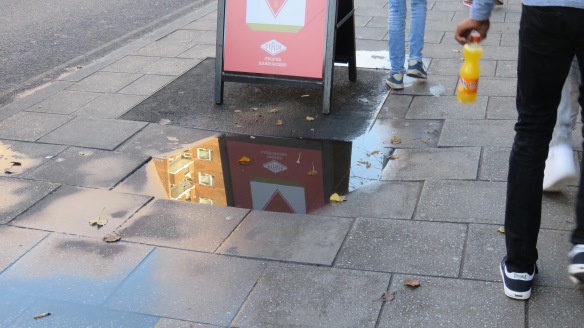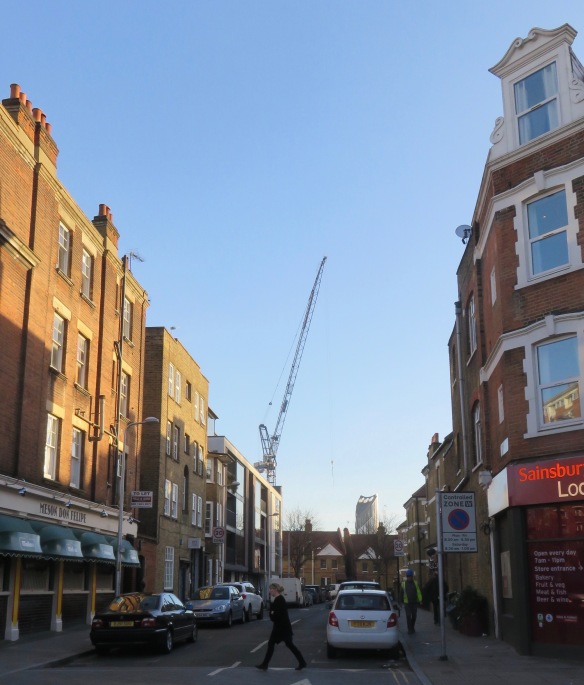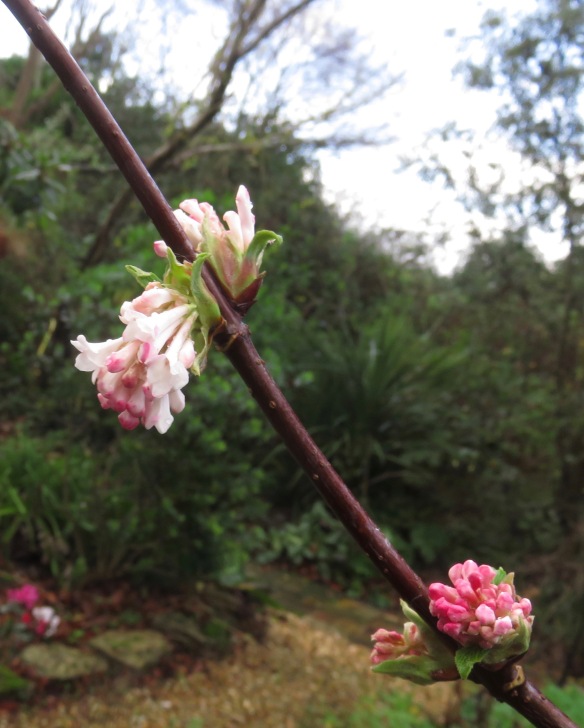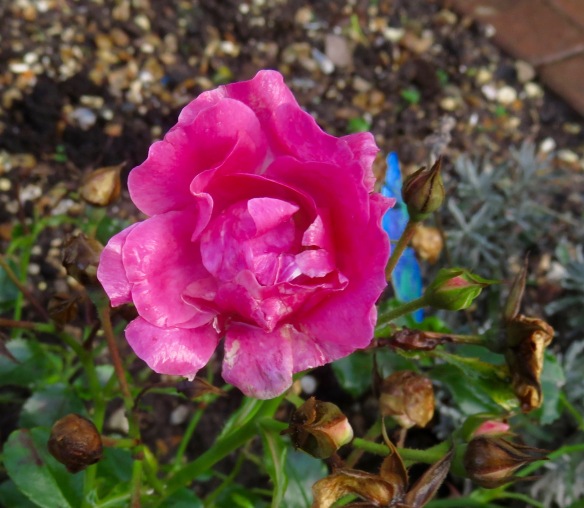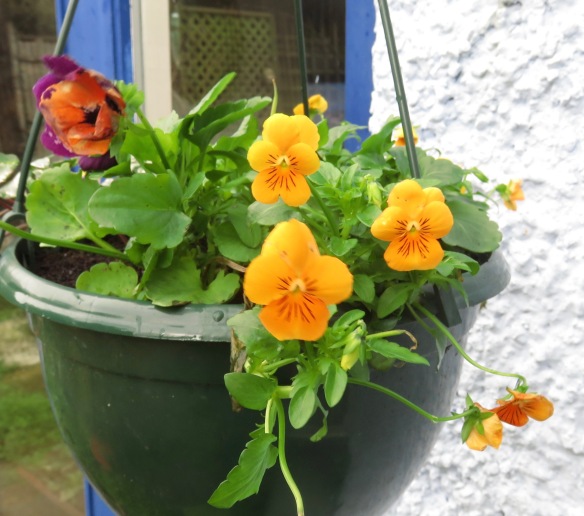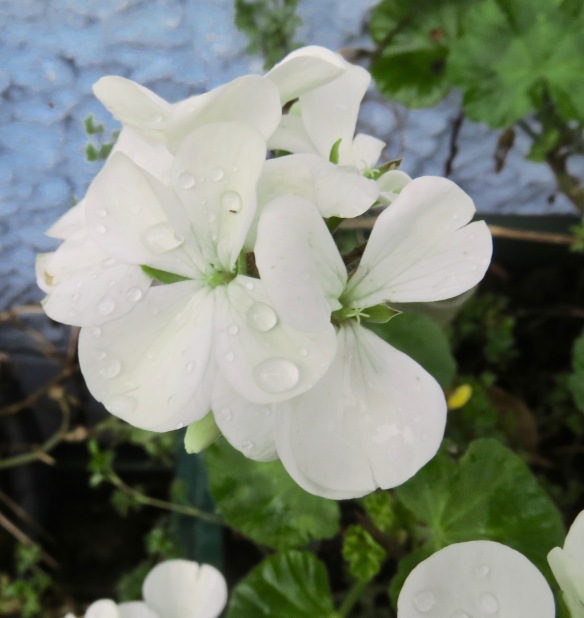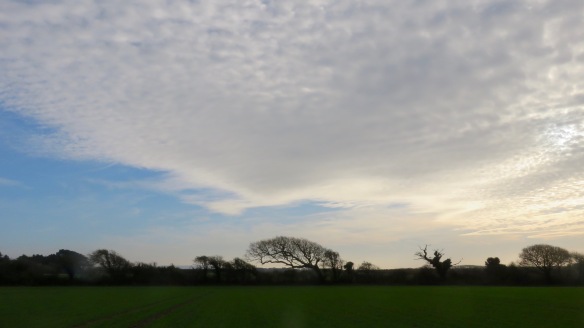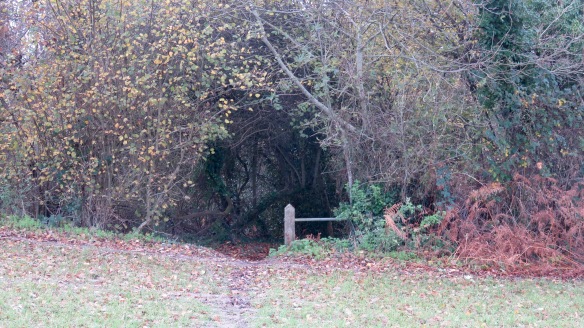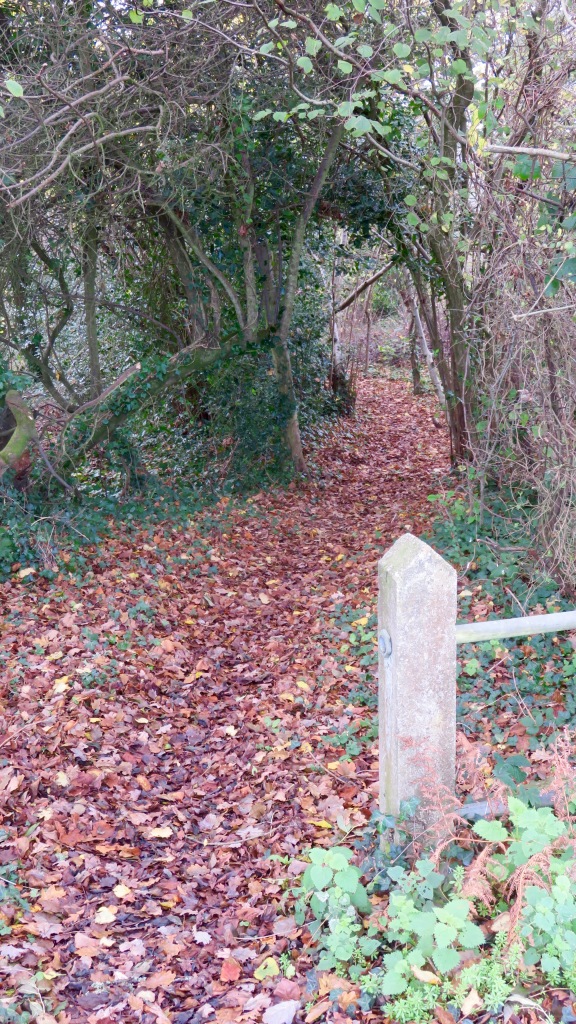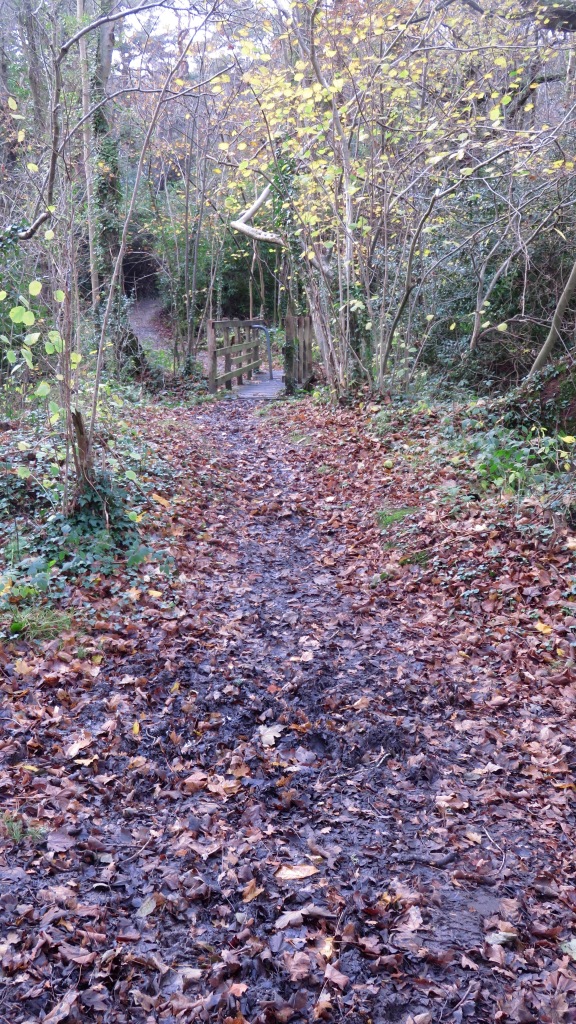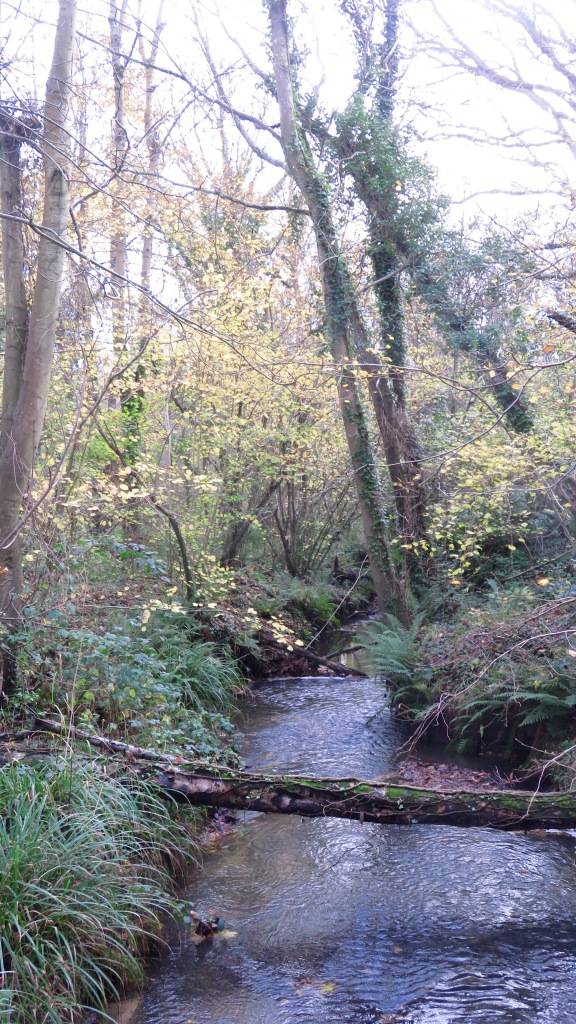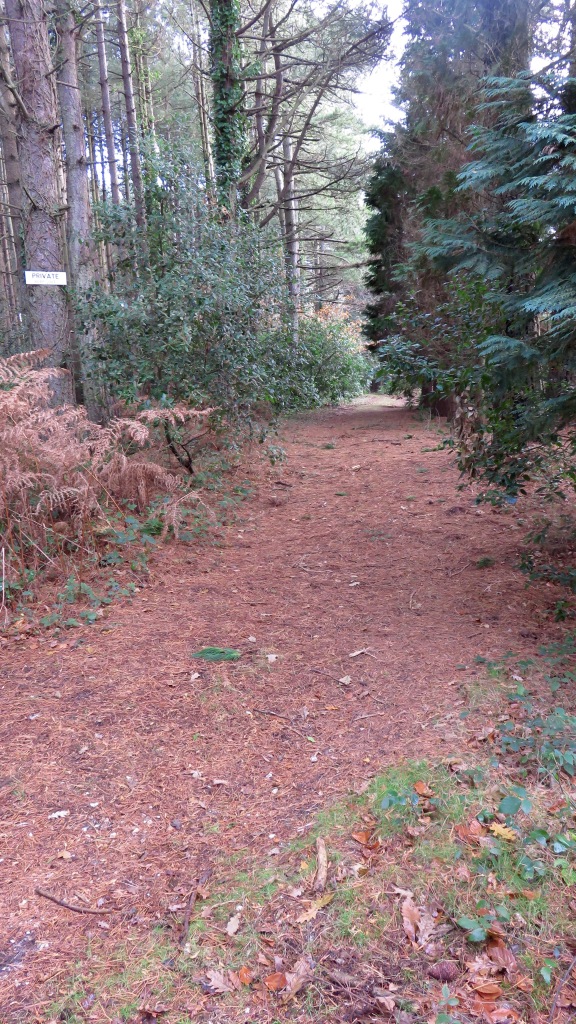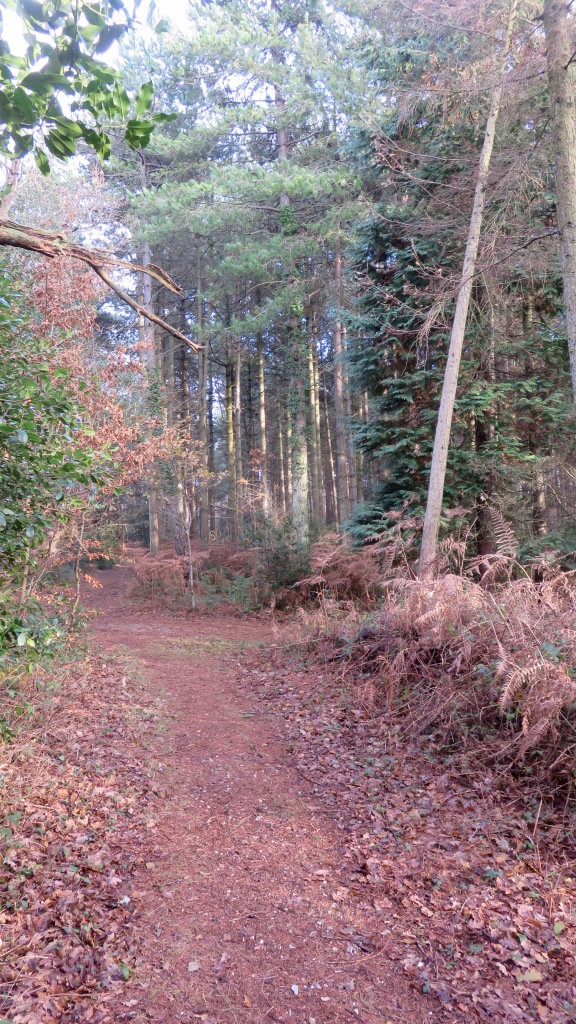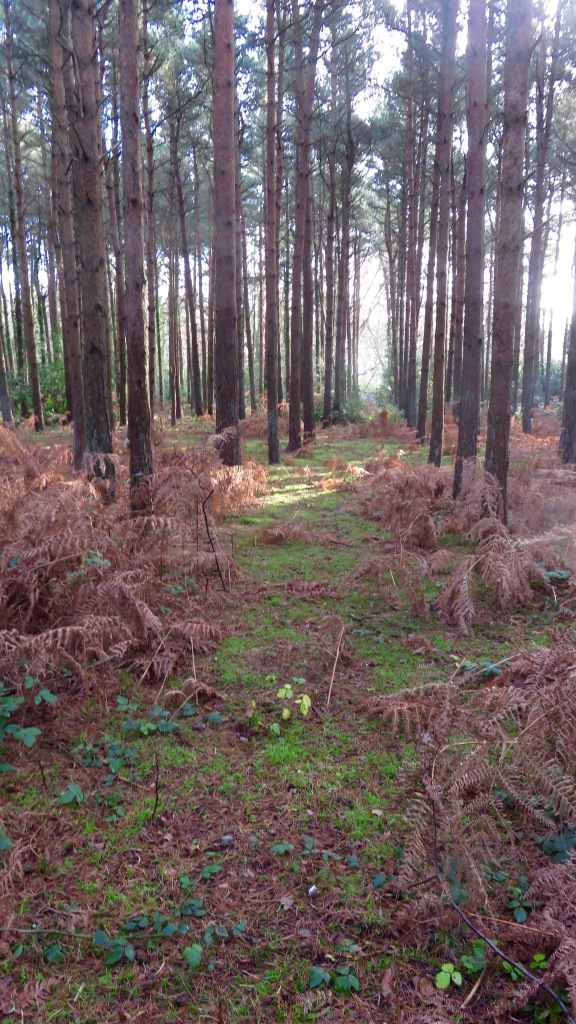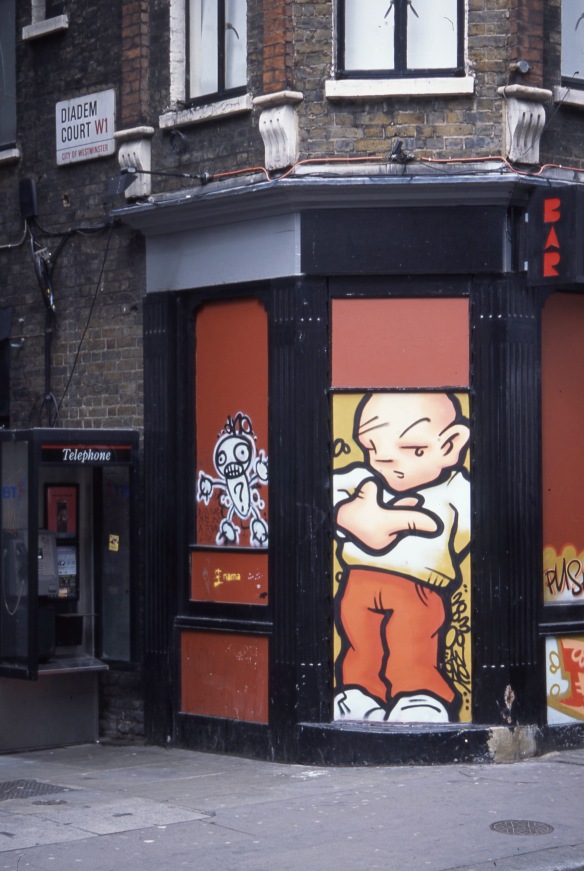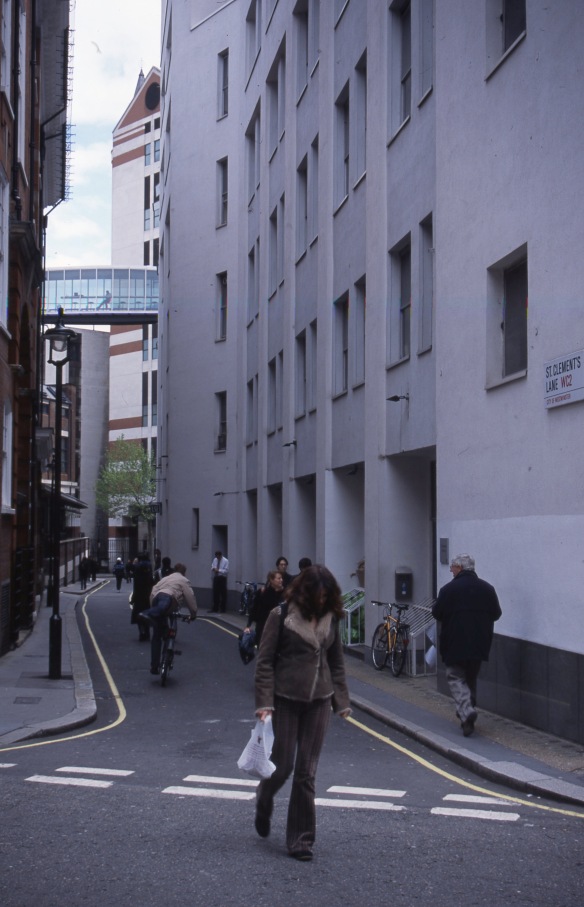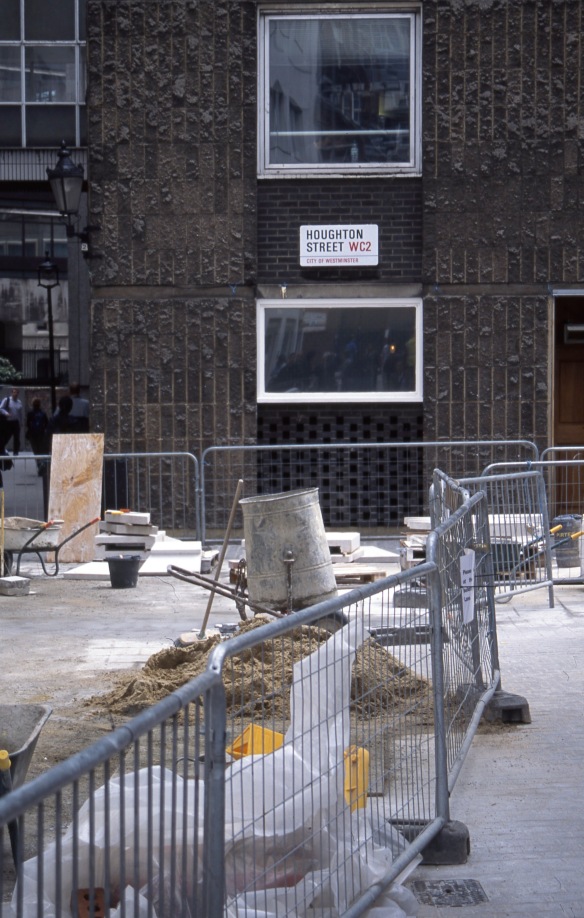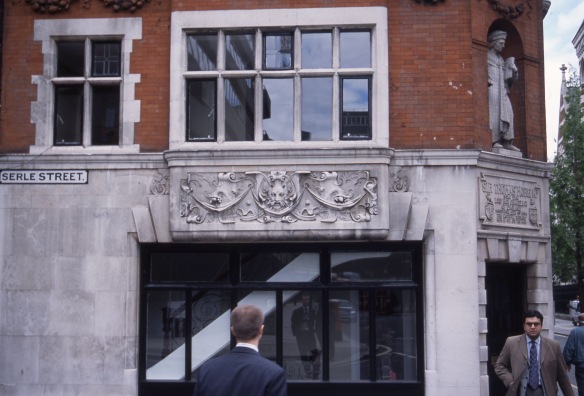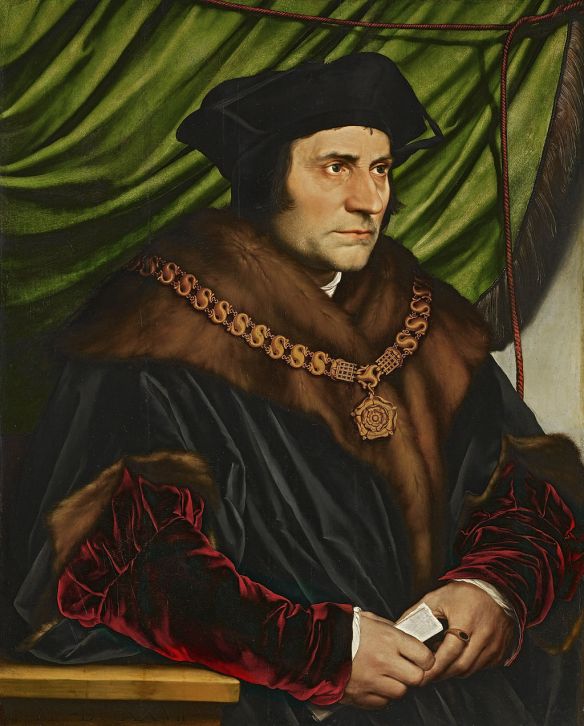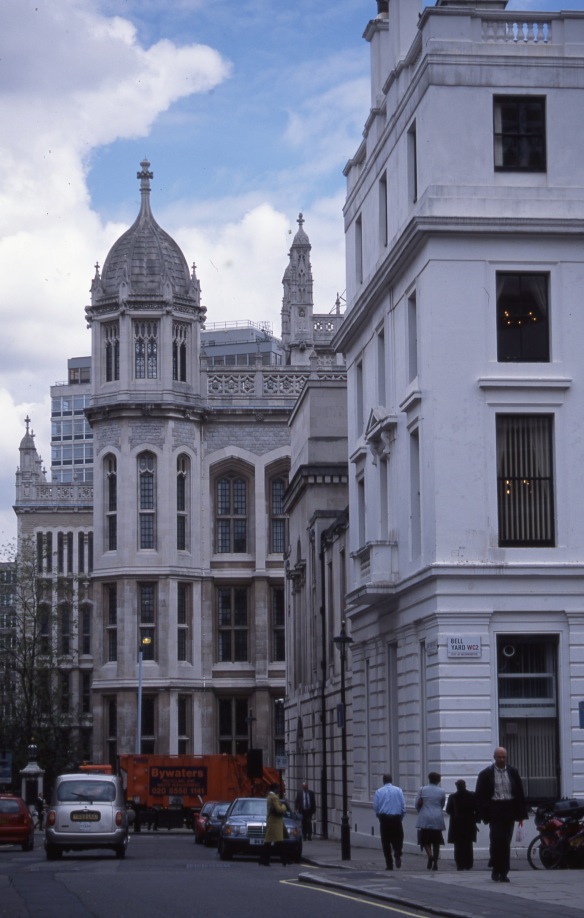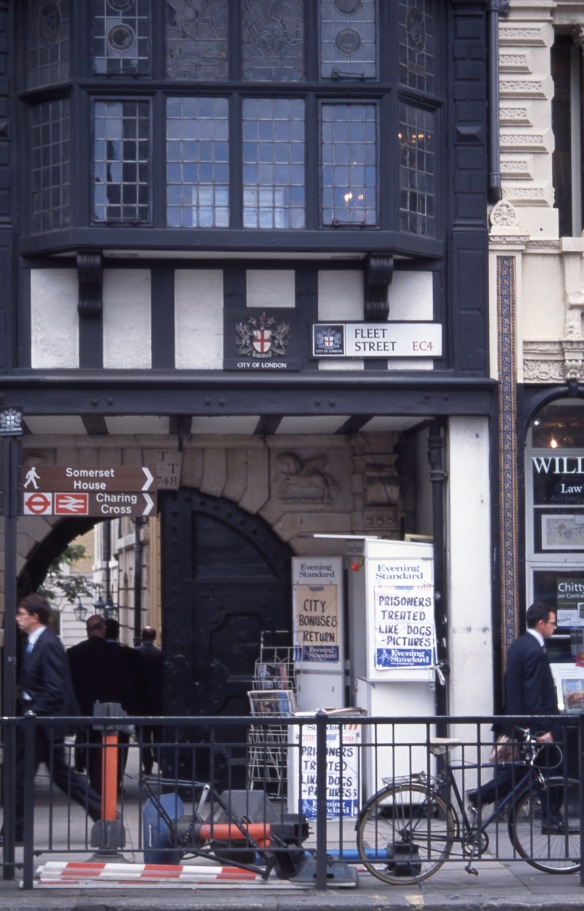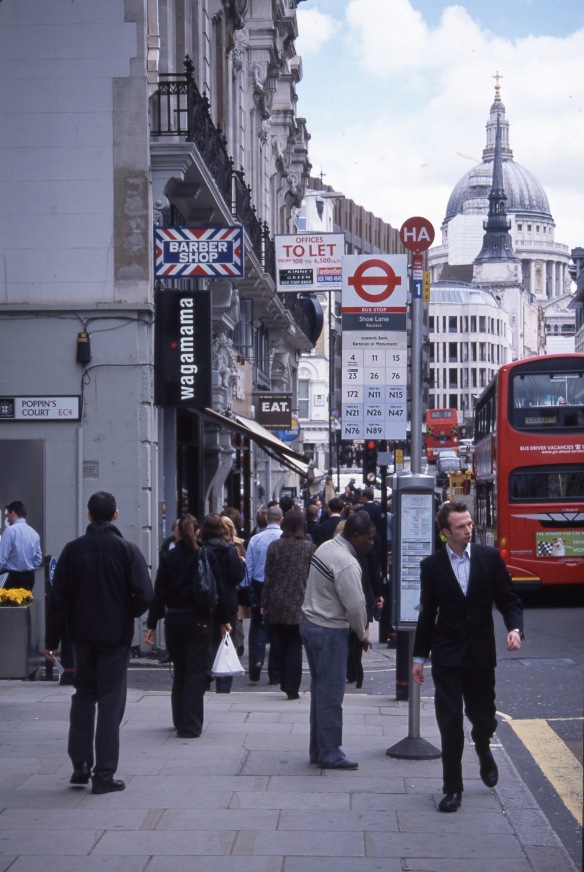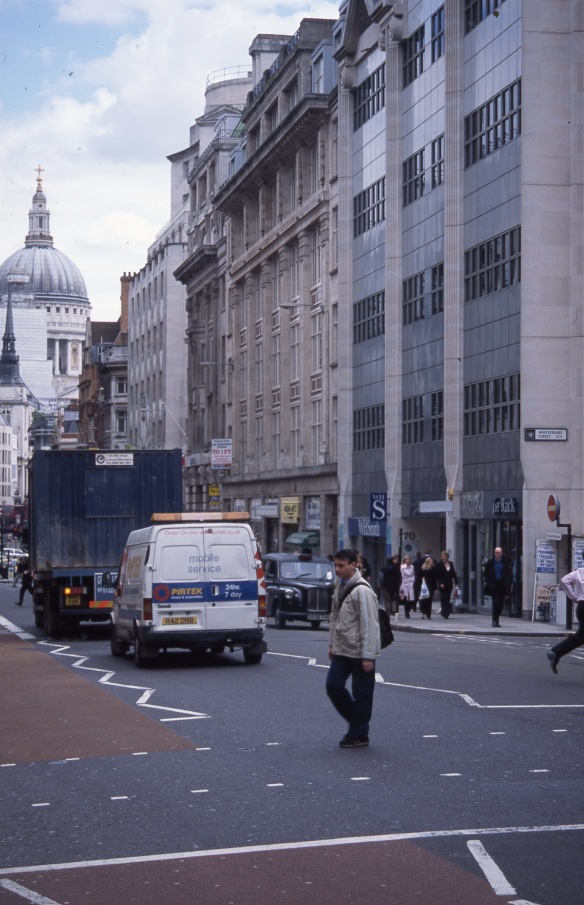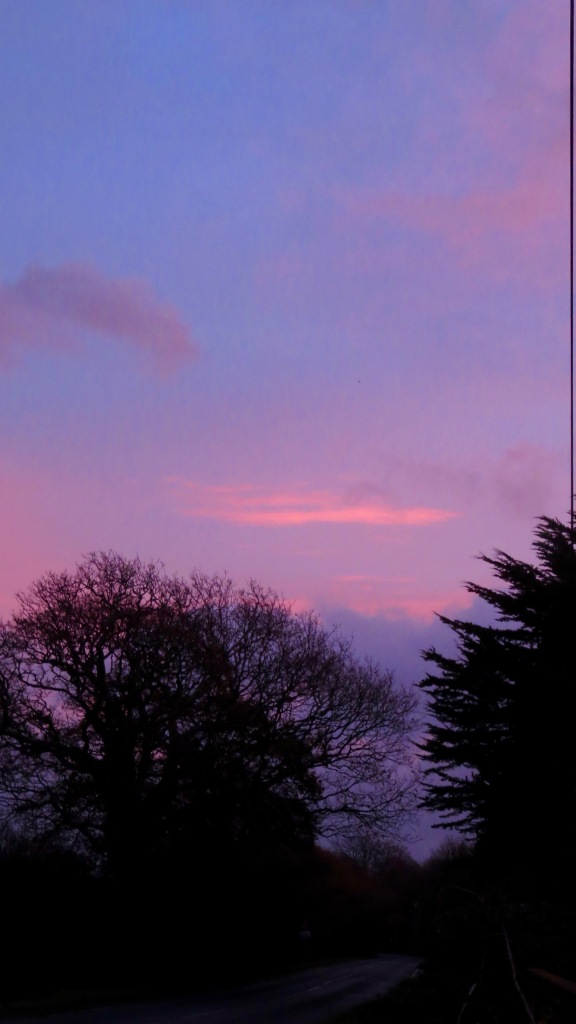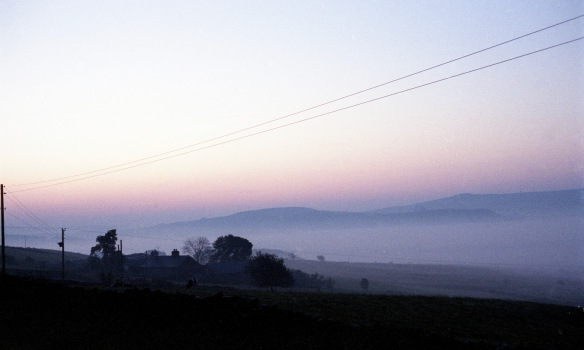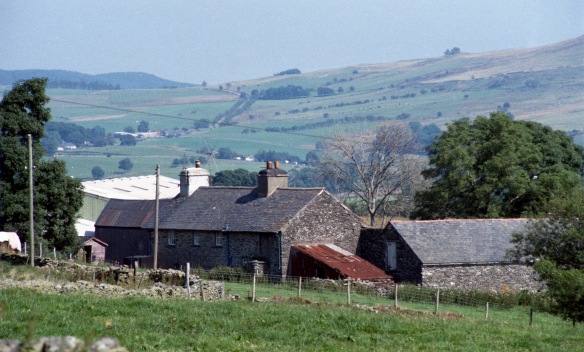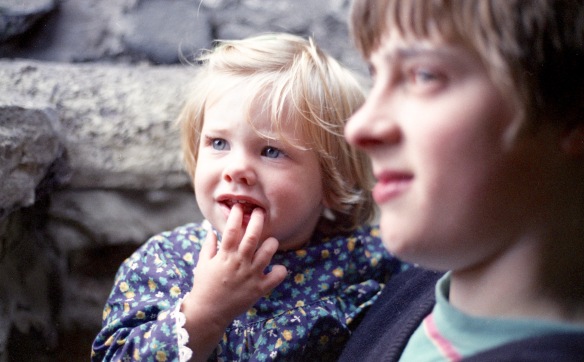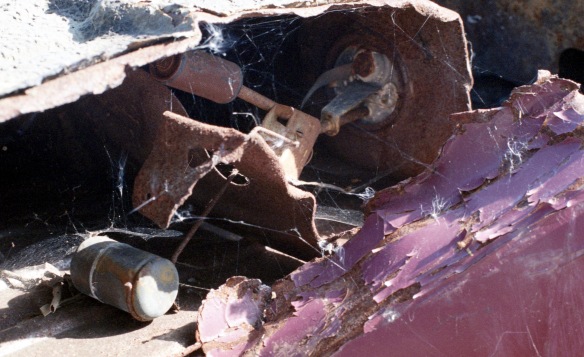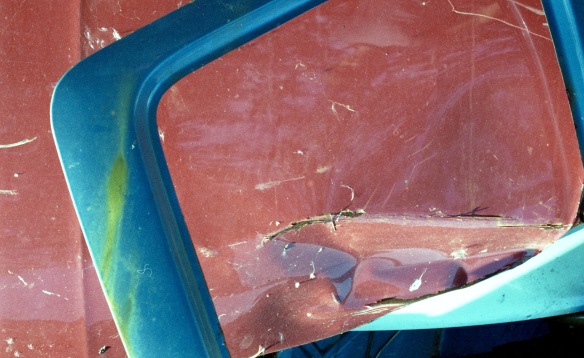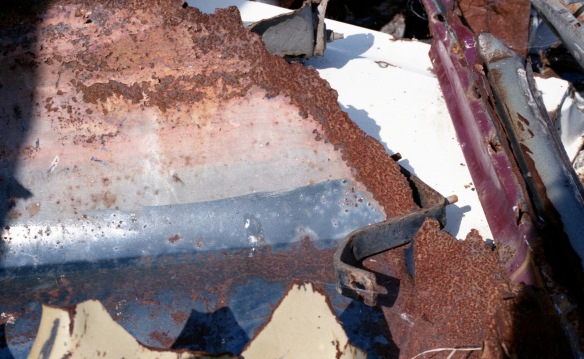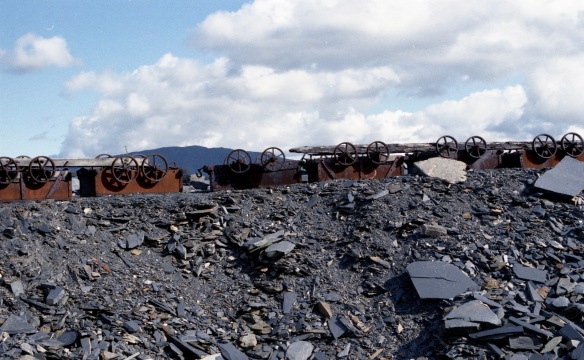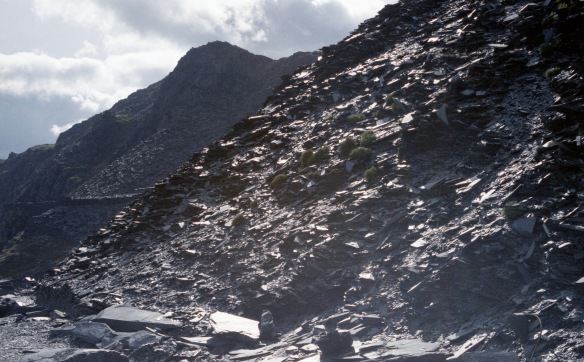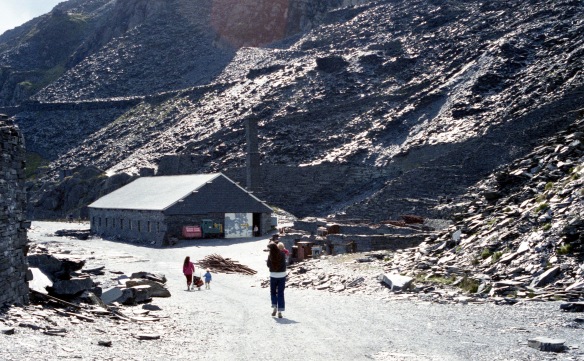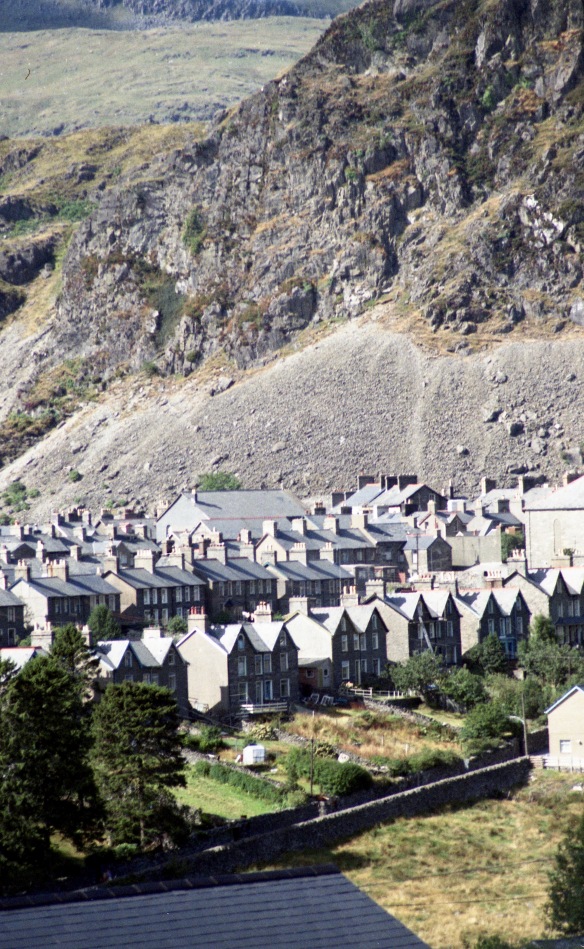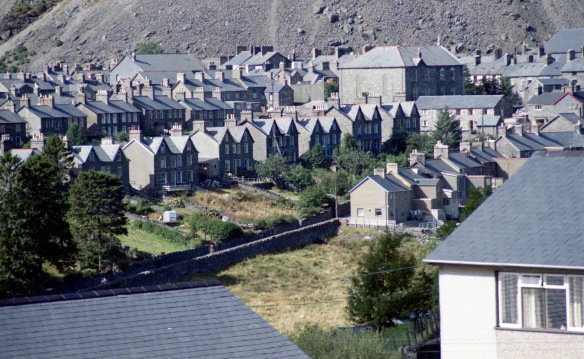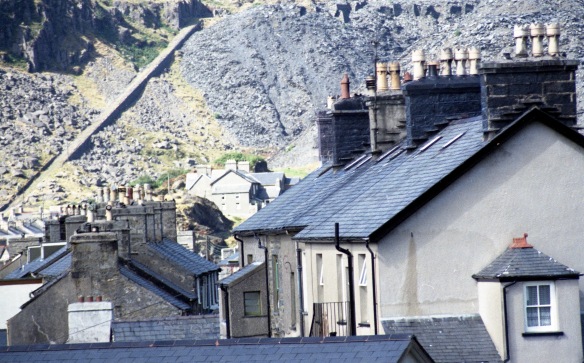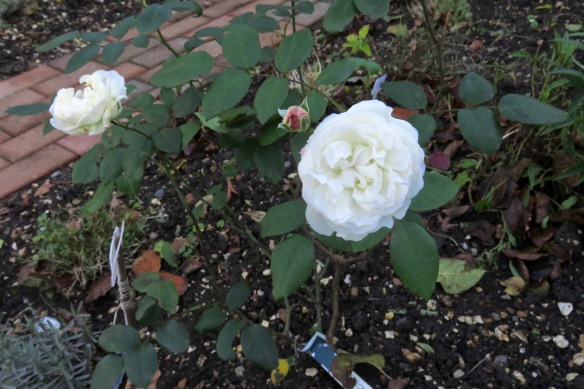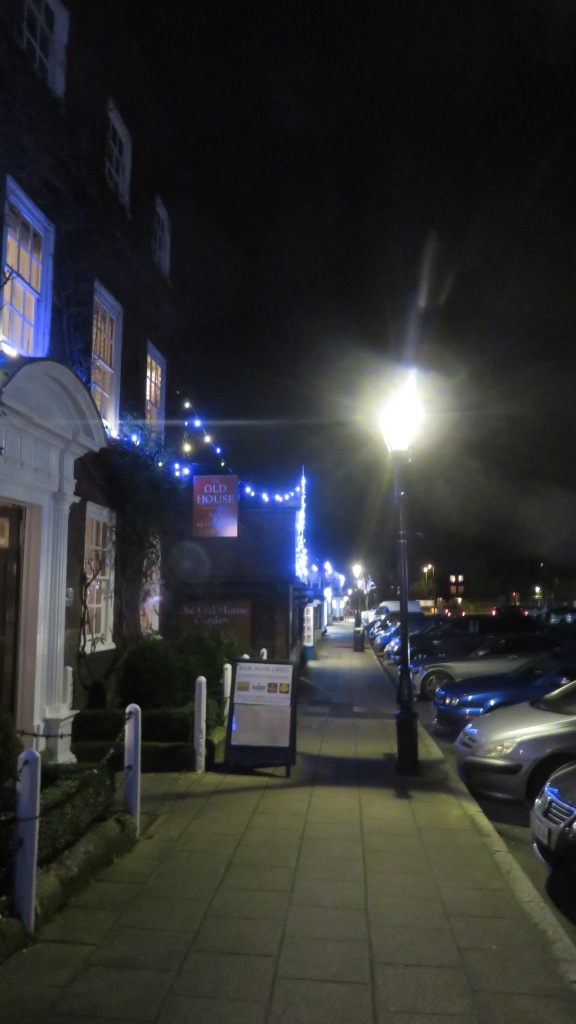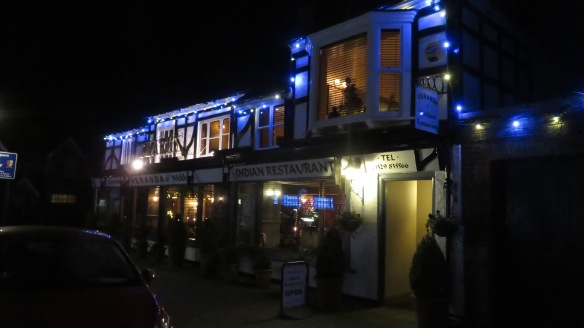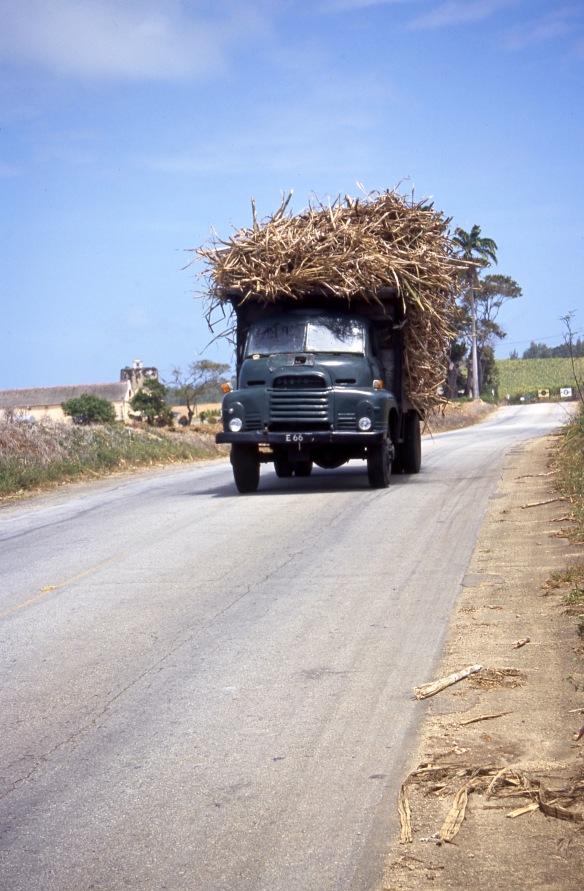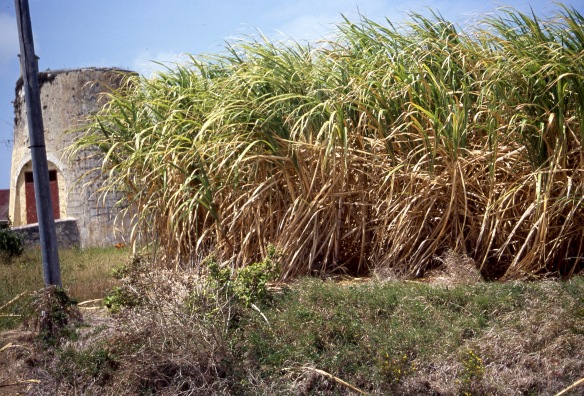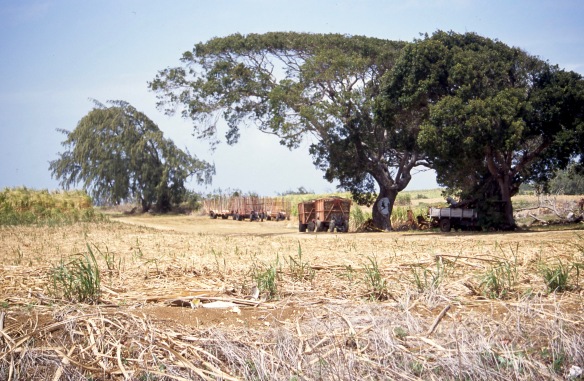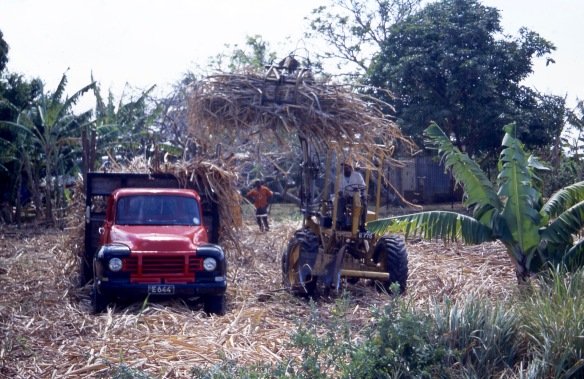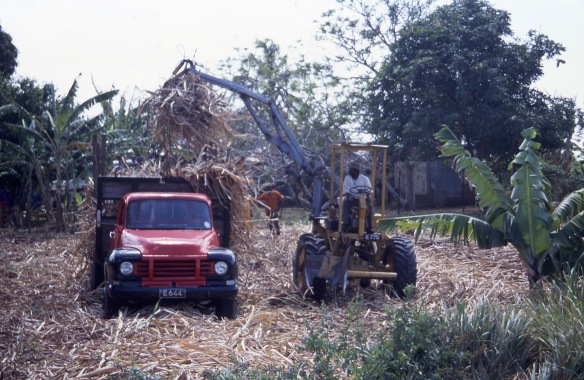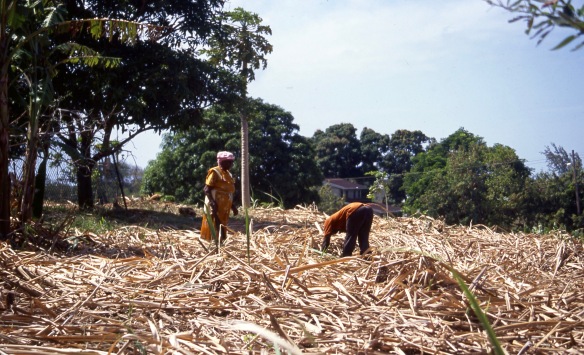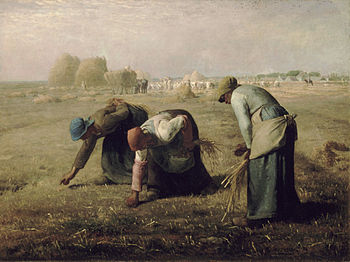Last year’s Folio Society edition of ‘A Shropshire Lad’ by A. E. Housman contains Agnes Miller Parker’s 1940 wood engravings to this timeless set of poems. Much as I admire this superb artist’s work, I already possessed the Society’s 1986 edition illustrated in a more modern vein, so, I was not tempted to buy it. Well, not greatly. It is the latter version I finished reading today.
Here is the book jacket to another of my treasures, illustrated by the great engraver:
This is how The Folio Society publicise their latest edition:
“Beloved by both scholars and general readers, A Shropshire Lad was self-published in 1896 and has been continuously in print ever since. Housman, who was also the greatest classical scholar of his age, wrote the cycle of 63 poems after the death of his friend Adalbert Jackson. Among his themes are the transience of youth, the sorrow of death, the loss of friendship and the beauty of the English countryside. The poems’ depiction of young, brave soldiers made them widely popular during and after the Boer War and the First World War. They also captured the imagination of many composers, with George Butterworth, Ralph Vaughan Williams and Samuel Barber among those to set them to music.
Housman evokes a semi-imaginary pastoral landscape, his tone often rueful and elegiac as he evokes the ‘golden’ years of youth and the realm of classical myth. But it is perhaps for the directness and poignancy of his language that the poems have endured. On the vagaries of feeling and the fragility of human kinship, he is at once emotional and unsentimental, lyrical and frank.”
I enjoyed the poems and would concur with the above blurb.
Patrick Procktor’s illustrations suitably complement the text.
Here is the frontispiece;
and here the design for the endpapers.
For many years now, Folio Society publications have come in stiff cardboard slipcases. These are mostly unembellished. This one, however, has this portrait on the back:
Does it represent Adalbert Jackson?
This evening we dined on Jackie’s perfect pork paprika, savoury rice, and green beans, followed by lemon and lime merengue tart. The Cook drank Hoegaarden and I drank more of the malbec.
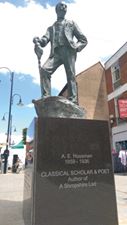 P.S. I am indebted to Judith Munns for the information and Barrie Haynes for the photograph of this statue of Housman that stands in Bromsgrove, where Judith once lived:
P.S. I am indebted to Judith Munns for the information and Barrie Haynes for the photograph of this statue of Housman that stands in Bromsgrove, where Judith once lived:


